Benincasa hispida (THUNB.) COGN. |
| |
|
|
Botanical Name |
: |
Benincasa hispida (THUNB.) COGN. |
English
Name |
: |
Ash, White or Wax Gourd |
Synonym(s) |
: |
Benincasa cerifera (Savi.) |
Family |
: |
Cucurbitaceae |
| |
General Info
| Description |
 |
|
It is a large climbing or trailing herb with stout, angular and hispid stems. Leaves are large and long petioled, 5 to 7 lobed, reniform-rotund, deeply cordate, upper surface sparsely pilose and scabrous, lower rigidly hispid and margin sinuate. The tendrils are slender and short. The flowers are large, monoecious and solitary in leaf axils. Calyx teeth, when young, are often narrow and scarcely serrate. The fruits are fleshy, succulent and densely hairy when young but thickly deposited with white easily removable waxy bloom when mature. The flesh is white, and spongy. |
| Herb Effects |
 |
|
Anti-inflammatory, demulcent, diuretic, expectorant, febrifuge, tonic, aphrodisiac (fruit); anthelmintic (seed); antiviral (plant); highly nutritive, cooling, laxative and diuretic. |
Chemistry
| Active Ingredients |
 |
|
Ascorbic acid, beta-sitosterol, n-triacontanol, linolenic acid, lupeol, oleic acid, vitamin B, mannitol and amino acids (fruit). |
| Chemistry
of Active Ingredients |
 |
|
|
 |
Name |
CAS# |
IUPAC Name |
Formula |
Structure |
 |
|
| Ascorbic acid |
Not Available |
2-(1,2-dihydroxyethy
l)-4,5-dihydroxy-fur
an-3-one |
C6H8O6 |

|
| Beta-sitosterol |
5779-62-4 |
17-(5-ethyl-6-methyl
-heptan-2-yl)-10,13-
dimethyl-2,3,4,7,8,9
,11,12,14,
15,16,17
-dodecahydro-1H-cycl
openta[a]phenanthren
-3-ol |
C29H50O |
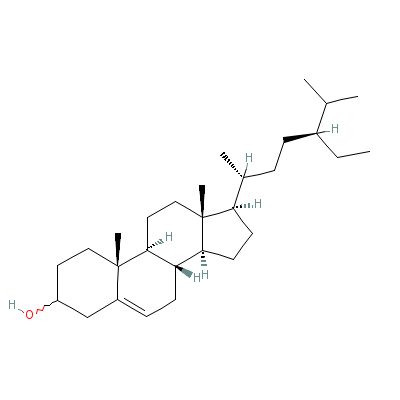
|
| n-Triacontanol |
67905-26-4 |
triacontan-1-ol |
C30H62O |
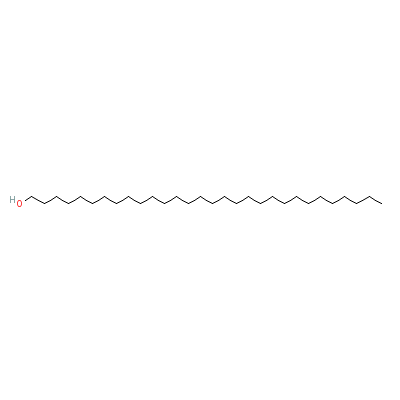
|
| Linolenic acid |
94138-91-7 |
octadeca-9,12,15-tri
enoic acid |
C18H30O2 |
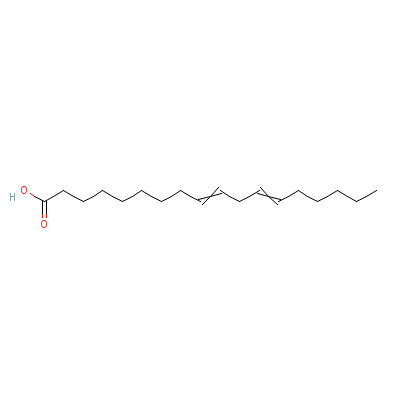
|
| Lupeol |
Not Available |
Not Available |
C30H50O |

|
| Oleic acid |
8046-01-3 |
octadec-9-enoic acid |
C18H34O2 |
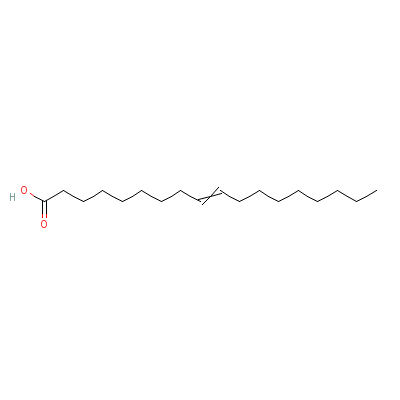
|
| Vitamin B |
59-67-6 |
pyridine-3-carboxyli
c acid |
C6H5NO2 |

|
| Mannitol |
85085-15-0 |
hexane-1,2,3,4,5,6-h
exaol |
C6H14O6 |
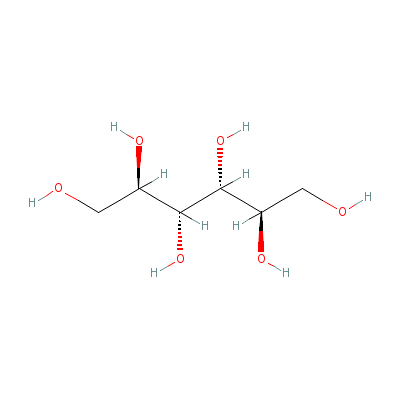
|
|
Pharmacology
| Medicinal Use |
 |
|
Epilepsy (fruit juice); for intestinal worms (shelled seeds); dandruff (seed and peel); in periodic attacks of hysteria, peptic ulcers, coagulating blood, general debility, as a purifying agent, cancer, obesity, hemoptysis, used in the treatment of coughs, fevers, excessive thirst and tuberculosis; painful wounds (rind). |
| Reference |
 |
|
 Chandel et al., Biodiversity in Medicinal and Aromatic Plants in India. Chandel et al., Biodiversity in Medicinal and Aromatic Plants in India.
Sharma, Classical Uses of Medicinal Plants.
Yoshizumi S. Murakami T. Kadoya M. Matsuda H. Yamahara J. Yoshikawa M. [Medicinal foodstuffs. XI. Histamine release inhibitors from wax. |
Dealers
Products
|
|